Refine listing
Actions for selected content:
2251 results in Cambridge Elements
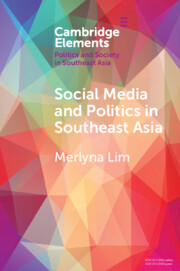
Social Media and Politics in Southeast Asia
-
- Published online:
- 29 November 2024
- Print publication:
- 02 January 2025
-
- Element
- Export citation
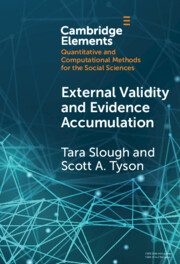
External Validity and Evidence Accumulation
-
- Published online:
- 29 November 2024
- Print publication:
- 02 January 2025
-
- Element
- Export citation

Elliott Carter's String Quartet No. 1
- Myths, Narratives, and Cold War Cultural Diplomacy
-
- Published online:
- 29 November 2024
- Print publication:
- 02 January 2025
-
- Element
- Export citation
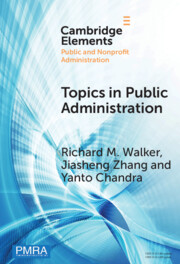
Topics in Public Administration
- Perspectives from Computational Social Sciences and Corpus Linguistics
-
- Published online:
- 29 November 2024
- Print publication:
- 09 January 2025
-
- Element
- Export citation
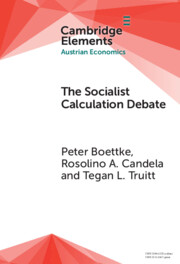
The Socialist Calculation Debate
- Theory, History, and Contemporary Relevance
-
- Published online:
- 29 November 2024
- Print publication:
- 19 December 2024
-
- Element
- Export citation
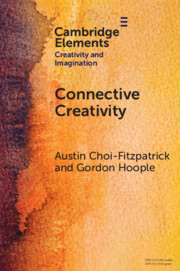
Connective Creativity
- What Art Can Teach Us about Collaboration
-
- Published online:
- 29 November 2024
- Print publication:
- 19 December 2024
-
- Element
- Export citation
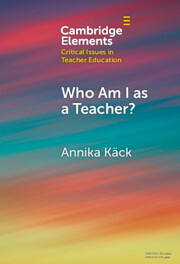
Who Am I as a Teacher?
- Migrant Teachers' Redefined Professional Identity
-
- Published online:
- 29 November 2024
- Print publication:
- 02 January 2025
-
- Element
- Export citation
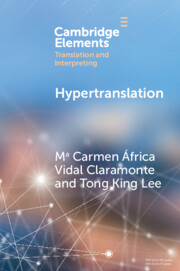
Hypertranslation
-
- Published online:
- 29 November 2024
- Print publication:
- 16 January 2025
-
- Element
- Export citation
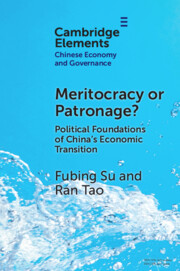
Meritocracy or Patronage?
- Political Foundations of China's Economic Transition
-
- Published online:
- 28 November 2024
- Print publication:
- 05 December 2024
-
- Element
- Export citation
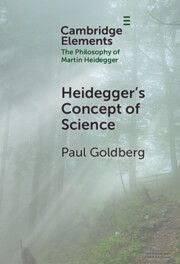
Heidegger's Concept of Science
-
- Published online:
- 27 November 2024
- Print publication:
- 12 December 2024
-
- Element
- Export citation
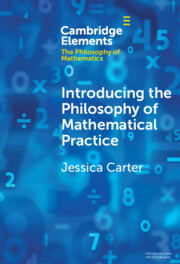
Introducing the Philosophy of Mathematical Practice
-
- Published online:
- 27 November 2024
- Print publication:
- 02 January 2025
-
- Element
- Export citation
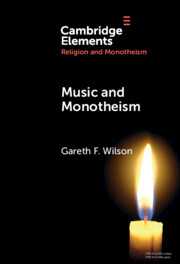
Music and Monotheism
-
- Published online:
- 27 November 2024
- Print publication:
- 09 January 2025
-
- Element
- Export citation

The French Disease in Renaissance Italy
- Representation and Experience
-
- Published online:
- 27 November 2024
- Print publication:
- 19 December 2024
-
- Element
- Export citation
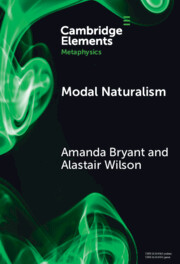
Modal Naturalism
- Science and the Modal Facts
-
- Published online:
- 27 November 2024
- Print publication:
- 19 December 2024
-
- Element
- Export citation
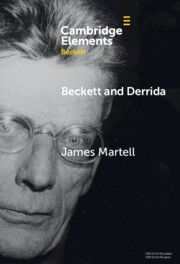
Beckett and Derrida
-
- Published online:
- 27 November 2024
- Print publication:
- 19 December 2024
-
- Element
- Export citation

Climate Science
-
- Published online:
- 27 November 2024
- Print publication:
- 09 January 2025
-
- Element
- Export citation

Singing Zarzuela, 1896–1958
- Approaching Portamento and Musical Expression through Historical Recordings
-
- Published online:
- 27 November 2024
- Print publication:
- 19 December 2024
-
- Element
- Export citation
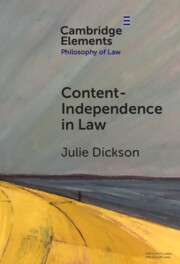
Content-Independence in Law
- Possibility and Potential
-
- Published online:
- 27 November 2024
- Print publication:
- 19 December 2024
-
- Element
- Export citation

Opera in Warsaw
- A City of the European Enlightenment
-
- Published online:
- 27 November 2024
- Print publication:
- 19 December 2024
-
- Element
- Export citation
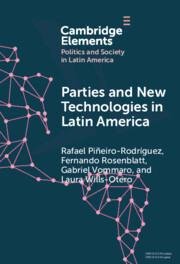
Parties and New Technologies in Latin America
-
- Published online:
- 27 November 2024
- Print publication:
- 09 January 2025
-
- Element
- Export citation
